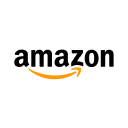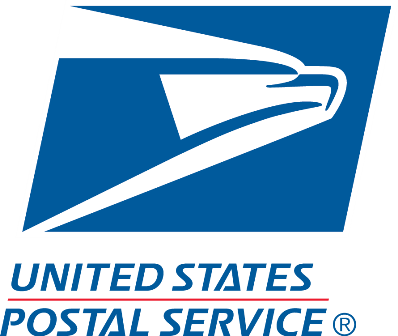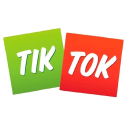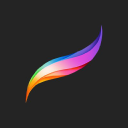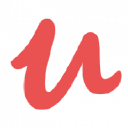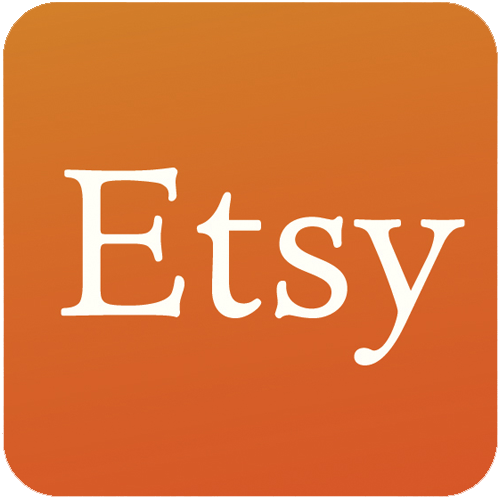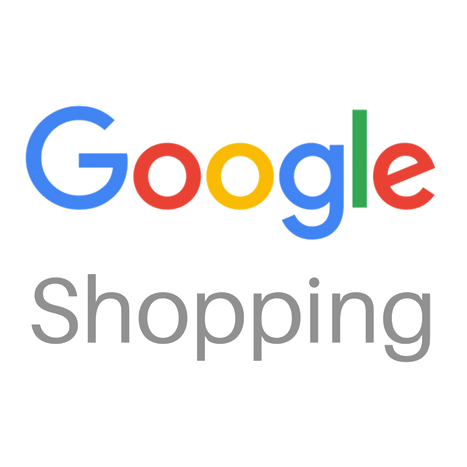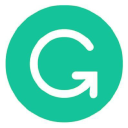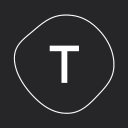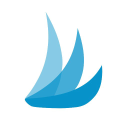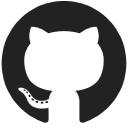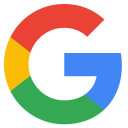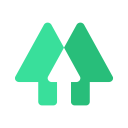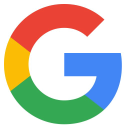My Online Stationery Shop Makes $6K/Month. Here's How I Built It
Hello! Who are you and what business did you start?
I’m Kayla Hutchinson, and I am a self-proclaimed paper nerd running a stationery shop called Lucky Dog Design Co. I specialize in colorful greeting cards, stickers, notepads, art prints, and desk calendars that inspire and connect humans.
I’ve been running Lucky Dog since 2017 and make on average $6,000 per month through DTC and wholesale.

What's your backstory and how did you come up with the idea?
While Lucky Dog started a little over 5 years ago, I truly believe it started at the age of 2. Every summer visiting my grandparents, my grandma and I would be neck-deep in crafts of all sorts. My favorite was handmaking papers and turning them into cards. I loved finding little scraps of glittery thread to weave in and colored lint from the dryer to dye the paper. My love for paper runs deep.

Download the report and join our email newsletter packed with business ideas and money-making opportunities, backed by real-life case studies.

Download the report and join our email newsletter packed with business ideas and money-making opportunities, backed by real-life case studies.

Download the report and join our email newsletter packed with business ideas and money-making opportunities, backed by real-life case studies.

Download the report and join our email newsletter packed with business ideas and money-making opportunities, backed by real-life case studies.

Download the report and join our email newsletter packed with business ideas and money-making opportunities, backed by real-life case studies.

Download the report and join our email newsletter packed with business ideas and money-making opportunities, backed by real-life case studies.

Download the report and join our email newsletter packed with business ideas and money-making opportunities, backed by real-life case studies.

Download the report and join our email newsletter packed with business ideas and money-making opportunities, backed by real-life case studies.


